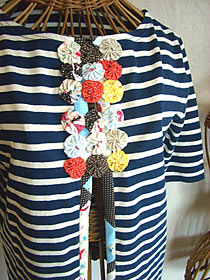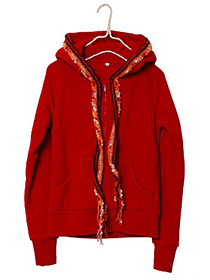Web Japan > Trends in Japan > Pop Culture > Hand-Made Aesthetic Goes Pop Culture
Hand-Made Aesthetic Goes Pop Culture
Handicrafts Boom among Japanese Youth
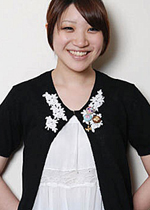
|
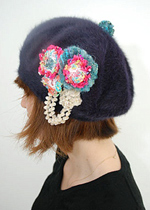
|
| Many ornamental items are available to customize ready-made clothing and hats through simple application (Cooperation: Decoqlo-bu, OC Island Inc.) | |
Knitting, embroidery, cord braiding, doll making and bead crafts have long been practiced by Japanese women, known for their dexterity and love of working with their hands. Although the younger generation used to shy away from such kinds of "old-fashioned" and "difficult" handicrafts their mothers and grandmothers practiced, many have begun to see them in a new light. With the trend they started now spreading to young men as well, it is no exaggeration to say that a whole new pop culture wave in handicrafts is emerging.
Handicrafts to Spice Up ClothingPerhaps because of the recent popularity of "fast-fashion" — clothing from large retailers that is cheap and simple in design — many people are longing for a unique look. The popularity of handicrafts comes from their ability to make the simple seem unique. People have come to use handicrafts as a means to spice up otherwise plain-looking clothing. Their creations are shared with other like-minded members on online communities, and the boom is spreading across Japan.
Even those who initially thought, "I've never done needlework" or "It seems so difficult to rework clothing" have discovered how fun it can be to simply add some lace or change the buttons on an article of clothing. The results are pleasantly surprising, and the fact that so many kinds of decorative items have recently been put on the market has helped beginners to enjoy the trend. The recent rise in the number of shops carrying "ready-to-make" decorative items for clothing — such as fabric-covered buttons with attractive embroideries that are sewed onto clothing, or iron-on elaborate lace applique — has further fueled the trend.
The desire to apply simple decorations to store-bought clothing could be regarded as an extension of the tendency among Japanese youth to adorn their everyday items such as cell phones and pens with rhinestones and other ornamentations.
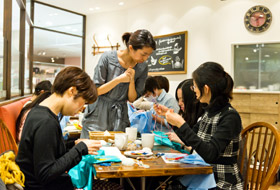
Embroidery cafes where participants can enjoy handicrafts over a cup of tea are popular (Cooperation: Junko Yazaki, artist in / j.s. pancake cafe)
Enlarge photoHandicraft CafesAlongside the trend's online origin, the art of handicrafts is also being enjoyed by more people in the real world. At "handicraft cafes," particularly popular among women in Japan, people can practice together over a cup of tea and a slice of cake.
"For people who are interested in handicrafts but don't know how to get started, the comfortable, home-like environment of a café is the perfect place to learn," says the owner of an embroidery café. Since opening in 2005, over 1,000 people have taken part in embroidery sessions. Unlike traditional embroidery classes, participants are free to stitch their own personal and unique variations into pre-prepared designs, making embroidery relaxing and fun. Handicraft cafes of this kind are now growing all over Japan.
From Handicraft to ArtMany handicraft artists have emerged from the increasingly popular handicraft scene. These artists have made names for themselves through the Internet, where they can easily display and sell works and advertise workshops. Another related trend: less handicrafts books in bookstores are now "how to" manuals. Instead, photo books of handicraft artists' works are on the increase. Just browsing through these books can be fun and inspirational.
Some artists use unusual materials such as LED lights, while others use traditional embroidery techniques to render digital images. Some others have garnered wide praise for improvised methods, and their works are now on exhibit at art museums.
The handicraft boom can be seen in the reworking of fashion, in neighborhood cafes, and even in contemporary art museums. It will be fascinating to see how Japanese pop culture is further influenced by the movement.

|

|
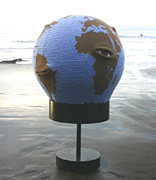
|
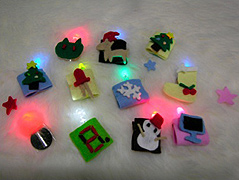
|
| Works by some up-and-coming high-profile handicraft artists. From left: Ossu! Shugeibu, Oozu Makoto, Chikaraishi Saki, and Techno Shugeibu. | |||
(January 2012)
- Thread and Yarn (December 2009)

